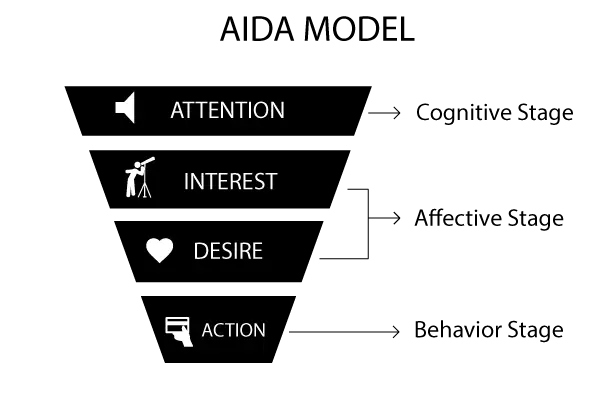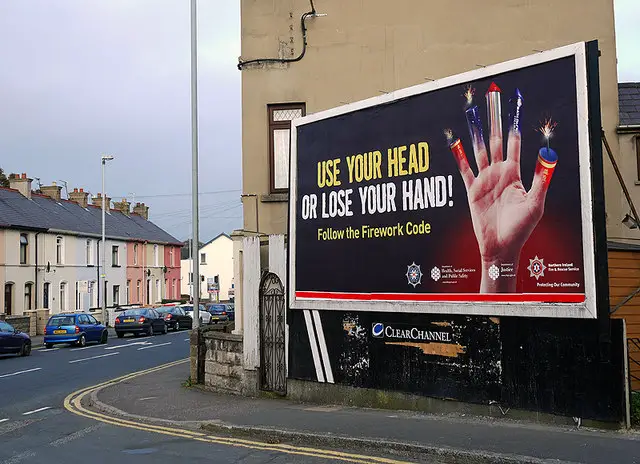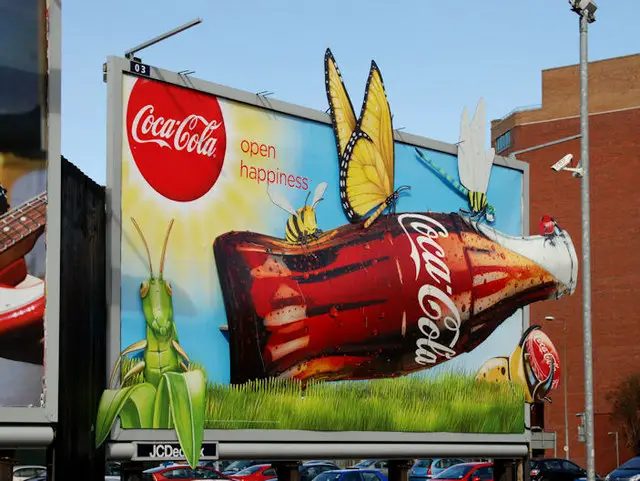AIDA is an acronym for “Attention, Interest, Desire and Action”. This model is used as a communication and marketing model, especially in advertising communication as a principle and as a guide in ad copywriting.
According to the AIDA model, getting attention, raising interest, building desire and putting it in action are the four steps or elements that an advertisement should have to persuade consumers and meet marketing objectives.

The model shows the cognitive phases of a consumer buying something – from grabbing attention to getting them hooked and then to compelling them to take actions on it by creating conviction.
If you have ever been influenced by any advertisement to buy their product as soon as possible and you acted to own it, then congratulations – you have been a successful target of AIDA technique.
History of AIDA Model
Advertising is taken as a very competitive field nowadays as it is taken to be most responsible for sales. Advertisers use their creativity to help people understand their products better.
The AIDA model came to be through the efforts of many individuals
- St. Elmo Lewis, an advertising pioneer, created the model in 1890s through his publication on advertising which he published anonymously in a magazine Printer’s Ink.According to St. Elmo Lewis,
“The mission of an advertisement is to attract a reader, so that he will look at the advertisement and start to read it; then to interest him, so that he will continue to read it; then to convince him, so that when he has read it he will believe it. If an advertisement contains these three qualities of success, it is a successful advertisement.” - Joseph Addison Richards, who was a New York advertising agent, used these steps practically and made an advertisement for his own business.
- Fred Macey, another advertising expert, was a judge for the best written advertisement competition organized by Bissell Carpet Sweeper Company, for which the criteria were attention, interest, desire creation and decision making.
- Frank Hutchinson Dukesmith was the one to publish it in the form of a model with attention, interest, desire and conviction in 1904.
- C. P. Russell played an important role in bringing the AIDA acronym popular by using it in an article. He also referred to it as “law of association”.
AIDA is illustrated in a funnel diagram since 1960 which shows how many people are aware about it, among them some get interested, and number of people keep decreasing. The funnel is known as purchase/marketing funnel. There are very few people who take action.
[Related Reading: Social Marketing Theory]
Process in AIDA Model

According to Lewis, advertisement, be it written or visual, must attract attention of consumers firstly. Then, the person should be interested in it and think that it might be important to him/her. When interest is invoked, the advertisement should be able to create a desire to own the thing or use the service.
After wanting to acquire it, the person must make a move to go and buy it. Thus, the producer will be able to entice the consumer and profit from the advertisement.
The steps involved in AIDA Mode are:
Attention
People get a reason to notice when advertisements are made so that it can attract attention.
Advertisements as a means of communication and marketing must grab attention of consumers by using many techniques like
- Using images, colors, backgrounds, themes, typography, layouts, etc.
- Using famous personalities and celebrities as people are interested when famous people are involved
- To beautify the advertisement, professional models can also be used
- Using powerful words or using it creatively or in an unexpected way
- Music, jingles, etc.
- Asking thought provoking questions

When people want to get more information on it by just having a glance on the advertisement, it is taken to be successful in the first step of AIDA model. People spend millions just to make advertisements attractive and attention grabbing.
Interest
Viewers must have interest in the advertisement even after they notice it and give their attention for a short span of time. When people see it, they do not give their attention for more than a few seconds. Time is previous and people have better things to do if they aren’t interested in knowing more.
If your message is something they can relate to, they will be interested and listen to what you have to say. Relevance can make a big impact on selling a product. Make it short and comprehensive and show it in an interesting or creative manner to create interest on the advertisement.
Desire
After a person is interested to know more about your product, you must make sure that the person will desire to own it and make the product theirs. If you show them the advantages, benefits and features of your product that might make them desire the product, you will be able to easily sell it. You can also invoke desire through sales, discounts, offers, etc.

You should make your target audience
- think that they need and want your product or service
- be able to relate to it and feel its need
- desire it (show them how not having the thing can adversely affect their lives)
- see your product as a solution to their problem
- believe that having the product will make them a happier person
Action
The next task is to make people aware of their emotions or desire so that they immediately act on it. Here, the action can be buying the product as soon as possible.
When people are persuaded that the product can solve their problems, they will make the purchase. The advertisement should ask the viewer to act with a sense of urgency, which can be done, for instance, by giving a limited time offer. It is a physical response to fulfill the desires surpassing the risks and costs. Advertisement must stimulate this response instantly.
Examples of AIDA Model
A car company wants to launch a new model of a vehicle, the company uses different media to promote and market their product. They can use television advertising, posters, social media, and others to do it. They can show the benefits, new features, etc. to show the viewers that they must obtain it as it is better than what they own previously.
Such a campaign if executed through the AIDA model can have the following steps:
- The first step will be to make the name of the model aware in different press conferences, news articles, etc.
- Then television advertisements can engage people with it and give more information, show that its benefits so that people are interested on it. Subheadings can be used for it.
- The advertisement must create desire to buy with the new features or better future prospects of it.
- If the car is being sold with a discount offer or something free with it, the offer is for limited time, say for a week, then people will take action right then and buy it.

Looks of the car can be used to entice audiences and its feature of needing no fuel can be used as a way of creating interest. But, people will not get what that means and will follow through the descriptions. After that, they will desire to own it and act on buying it.
Similarly, the model can be applied to any other advertisements like laptops, home applications, books, foods, services of banks, etc.
New Developments
Scholars added many new things to AIDA model later to make it better over time. Some of them are:
- AIDCAS is an improved version of AIDA with addition of two extra steps – Satisfaction and Confidence
- AISDALAS Love Model with steps like Search, Like/Dislike, Share and Love/Hate
- CAB or Cognition, Affect and Behavior is a reduced form of the model where cognition is awareness, affect is interest or desire and behavior is action.
- TIREA is a decision making scale, which stands for Thought, Interest, Risk, Engagement and Action. Here, thought might generate attention or not, and only creates awareness. Interest only occurs when there is need or desire like when you are hungry, you are interested in food. Though there are risks, the person have to be made engaged and be able to take actions.
- REAN (Reach, Engage, Activate and Nurture) which talks about customer lifecycle.
- NAITDASE which stands for Need, Attention and Interest, Trust/Confidence, Desire and Action, Satisfaction and Evaluation of purchase process.
